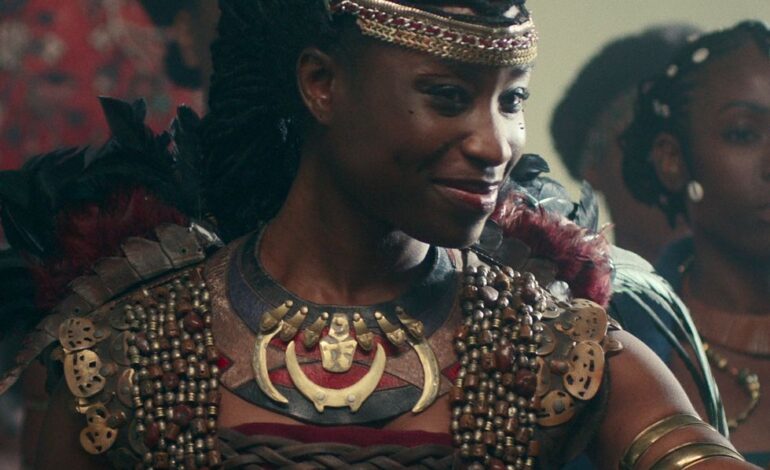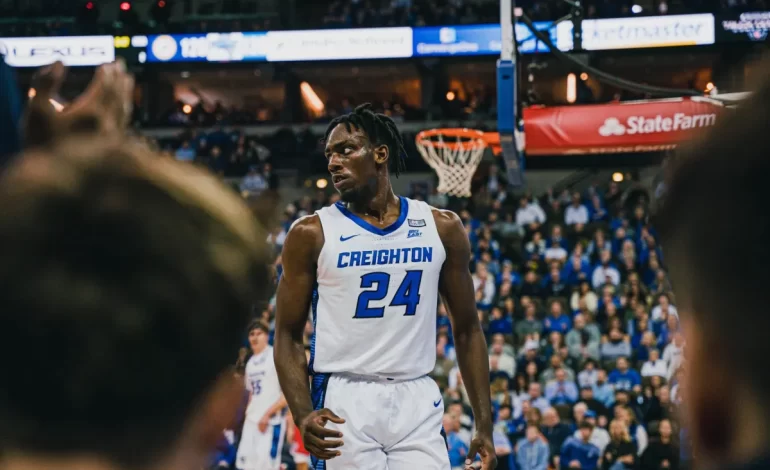In the early hours of April 22, 2010, a large crowd was forming-up around the perimeters of the Lagos University Teaching Hospital (LUTH) in Idi-Araba, Lagos state, hoping to get real-time updates on the health of popular rapper, DaGrin. The 26-year-old musician–whose playful amalgam of fiery bars and ice-cool hooks delivered in a smooth blend of Yoruba, pidgin, and English had taken Nigerian music by storm over the previous 18 months–had been involved in a ghastly car accident a little over one week earlier and was hanging on to his life by the faintest of threads according to reports.
When news broke later that morning that DaGrin had passed on, sparking an outpouring of grief across Lagos state, it was regarded as an unexpected end to the career of a brilliant MC who was viewed as one of the foremost avatars for indigenous rap, a rising force in Nigerian music. Thematically marked by verses delivered in native tongues like Yoruba, Igbo, Efik, and Hausa, indigenous rap emerged in Nigeria in the mid-to-late 2000s as a response to the puritan hip-hop culture that had taken root in Nigeria after the golden age of hip-hop in the 1990s increased its appeal among young Nigerians.

In response to Nigerian music gatekeepers who prioritized hip-hop made with American accents and cadences, rappers like 2Phat, Lord of Ajasa, and Seriki started to popularise a distinctive interpretation of hip-hop delivered in the Yoruba language with stories inspired by their realities living in inner-city Lagos. As this style gained momentum, others like DaGrin came onto the scene, launching into mainstream consciousness with the anthemic “Pon Pon Pon” as well as a well-received album, Chief Executive Omo-Ita, released mere months before his death. Any fear that the momentum of indigenous rap was going to be stymied by DaGrin’s passing was assuaged by the rise to prominence of a young 21-year-old firebrand named Olamide who assumed the mantle of leadership and led indigenous rap decisively into the Nigerian music mainstream.
The long-term reign of Olamide at the top of Nigerian pop allowed the rise of several indigenous rappers like Lil Kesh, Viktoh, CDQ, and Oladips who experimented with a mixture of melodies and bars in their work while, later in the 2010s, Zlatan and Naira Marley brought a rebellious edge to the pulse of indigenous hip-hop. Today, indigenous rap has evolved from its hip-hop origin, hybridizing into an exciting new sub-genre called street-pop that’s rapidly becoming the most important component of Afropop. “What the 2010s class of indigenous rappers did as forerunners was emboldening for the current crop of street-pop acts,” says influential Nigerian culture critic, Dennis Ade-Peter. “A song like “Local Rappers” was a defiant battle cry that just proclaimed that it was their time whether the mainstream embraced them or not.”
Led by stars like Bella Shmurda, Seyi Vibez, Zinoleesky, and Balloranking amongst others, the 2020s iteration of street-pop is less dependent on the strictures of hip-hop for its compositions instead pulling from a variety of genres to fulfill its primary function of archiving the survivalist themes of life in the slums where most of its stars are born and encouraging people to work hard for a chance at upward mobility. In 2022, Asake rose to international fame thanks to a deft fusion of Fuji, amapiano, and chanted crowd vocals that reshaped the sound of popular Nigerian music while Zinoleesky continues to combine commercial success and critical acclaim for his minimalist take on street-pop.
Understanding the sonic evolution of the genre from fast-paced songs like Chinko Ekun’s “Able God” to mid-tempo songs like Zinoleesky’s “Loving You” over the last half-decade is instrumental to appreciating its rise in popularity. Rexxie, street-pop’s finest producer, says he had to usher in a new variation to the patented street sound when he started to collaborate regularly with Zlatan and Naira Marley around 2017. “When I originally started, street-pop was really fast-tempos,” he explains. “It was around 125 BPM to 130 BPM and there were fewer melodies and more chants in the music but as people started growing in knowledge, they were getting more exposure to other styles of music. That exposure helped street-pop because we started to see more melodies and vibes.”
Fast-rising producer, Larry Lanes, agrees with Rexxie. “The texture of the music is different,” he says. “Different sounds are being mixed and adapted into street-pop. Some people are taking influences from our old music, while others are looking to the music in South Africa, Ghana, the United States, and the United Kingdom. It’s a very exciting time because street-pop now has many characteristics. It can be energetic, it can be soulful, and it can be soothing.”

The infusion of melodies in street-pop has come in thick and fast over the last two years. Over the last three months, Seyi Vibez has taken the Nigerian music industry by storm thanks to his modernist take on apala, a storied Nigerian genre with roots in the oral tradition of the Yoruba people while Balloranking drew on influences from neo-soul music for his critically-acclaimed debut album, Trench Kid, released in 2022. “I’m a soul singer with street stories,” Balloranking tells me one afternoon late in January over a Zoom call.
Almost as important for the appeal of street music is the strength of its next generation of storytellers who are weaving compelling, empathetic, and multi-dimensional narratives about their struggles-laden lives and the joy of upward mobility. In 2022, newcomer T.I. Blaze saw his harrowing ballad, “Sometimes,” about enduring squalor and resisting temptations to resort to armed crime become a runaway hit. It’s a similar situation for Balloranking, whose lead single on Trench Kid–titled “Trench Kid”–is a diaristic recounting of having to source for second-hand clothes and dealing with stereotyping.
“When I was starting my journey in the music industry, I realised that many people only wanted to talk about topics relating to love, women, money, and cars,” Balloranking shares. “Only a few people were touching on issues related to hustling, life in the streets, and everything that comes with that. I realized that I was in a position to tackle those subjects because that’s my lived reality and I know people that relate to those stories. As a kid from the street, it was important for me that I was original with my message and that’s something I’m proud to have stuck to across my career.”

As it is, street-pop is the sound of the moment, propelled by a group of artists whose works are as jarring as they are candid. It’s hard to predict what happens next but everyone seems to agree that the only way is up from here. “Before now, when we talked about who’s hot, we used to differentiate between mainstream acts and street-pop guys but now the street-pop guys are the ones we want to listen to and vibe to,” Rexxie says. Balloranking is eager to see the innovations coming.“It’s only going to get more adventurous because it’s the sound of the people,” he says. “Some of the new people coming will tap into sounds and melodies that are very unique and we’ll be blown away.”


